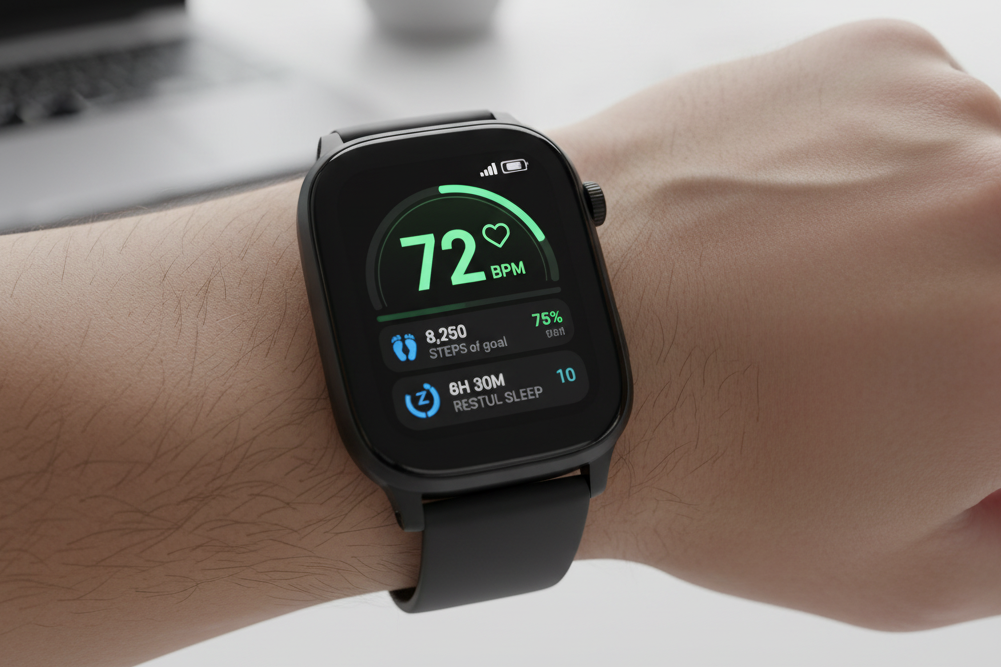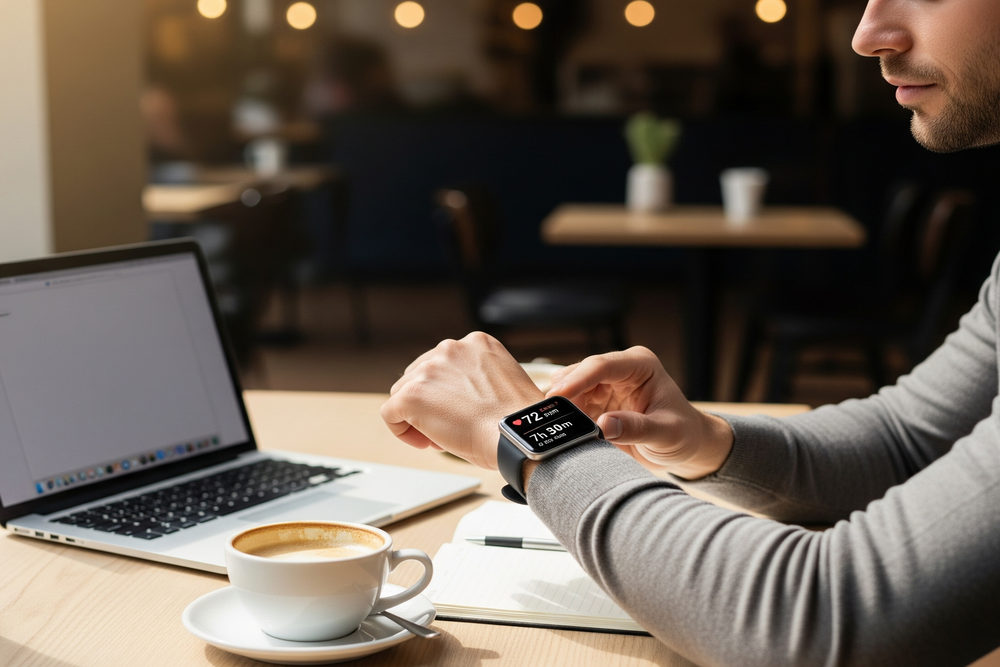How Wearable Tech Is Changing the Way We Monitor Our Health
Miles Russell
2025-11-17
6 min read

For generations, monitoring personal health was a passive, infrequent activity, often confined to an annual check-up at a doctor's office. Today, a quiet revolution is taking place on our wrists, fingers, and even in our clothing. Wearable technology has transformed from a niche gadget for fitness enthusiasts into a mainstream tool that is fundamentally changing how we understand and manage our well-being. This shift is empowering individuals with real-time data, turning abstract health goals into tangible, daily metrics.
The Evolution from Pedometer to Personal Health Hub
The concept of wearable technology is not entirely new. The simple pedometer has been around for decades, tracking steps as a basic measure of activity. However, the current generation of wearables represents a monumental leap forward. Early fitness trackers focused primarily on step counts and calorie estimates, but modern devices like smartwatches and advanced fitness bands have become sophisticated health monitoring hubs. They now track a vast array of physiological data, including heart rate, sleep cycles, blood oxygen levels, and even perform electrocardiograms (ECGs). This evolution was driven by advancements in sensor technology, battery life, and data processing. Miniaturized sensors can now continuously collect data that once required cumbersome medical equipment. When paired with powerful smartphone apps, this raw data is translated into easy-to-understand insights, trends, and actionable advice. What started as a way to gamify fitness has become a powerful instrument for proactive health management.
Empowering Individuals Through Data
The single greatest impact of wearable tech is its ability to provide continuous, personalized health data. This constant stream of information demystifies our bodies and fosters a deeper connection to our own health. Instead of guessing how much sleep you got, your smartwatch can show you a detailed breakdown of your light, deep, and REM sleep stages. Rather than wondering if a workout was effective, you can see its direct impact on your heart rate zones and recovery time. This access to data empowers users to identify patterns and make informed lifestyle changes. You might notice that your resting heart rate is higher after a stressful day or that a late-night meal disrupts your sleep quality. These insights enable people to experiment with their habits and see the direct results, creating a positive feedback loop that encourages healthier behaviors. This level of granular, personal feedback was previously unavailable to the average person, making health feel more controllable and less like a matter of chance.

Beyond Fitness: The Rise of Medical-Grade Wearables
While fitness tracking remains a core function, the scope of wearable technology has expanded into clinical applications. Smartwatches from major tech companies have received regulatory clearance for features like atrial fibrillation (AFib) detection and fall detection, which can automatically alert emergency services. These features blur the line between consumer electronics and medical devices, providing a safety net that can have life-saving implications. Beyond smartwatches, a new category of dedicated medical-grade wearables is emerging. Devices like continuous glucose monitors (CGMs) have revolutionized diabetes management, allowing patients and their doctors to track blood sugar levels in real time without constant finger pricks. Smart rings offer a less obtrusive way to monitor sleep and activity, while biosensor patches can track vital signs for days at a time, providing a wealth of data for telehealth consultations. This technology facilitates remote patient monitoring, enabling doctors to keep track of patients with chronic conditions from afar, potentially reducing hospitalizations and improving outcomes.
Understanding the Limitations
Despite their incredible potential, it is important to acknowledge the limitations of current wearable technology. For most consumer-grade devices, the data provided is meant for wellness and informational purposes, not for medical diagnosis. The accuracy of sensors can vary between devices and can be affected by factors like skin tone, fit, and movement. This means the data should be viewed as a guide rather than an infallible medical measurement. There is also the risk of data misinterpretation or health anxiety. A sudden spike in a heart rate reading could be caused by a sensor error, but it might lead a user to worry unnecessarily. It is crucial for users to see wearable data as one piece of a larger health puzzle and to consult with healthcare professionals before making any medical decisions based on the information from their device. Privacy is another significant concern, as these devices collect vast amounts of sensitive personal health data, making secure storage and user control essential.
The Future of Health on Your Sleeve
Wearable technology is still in its relatively early stages. The future promises even more integrated and less intrusive sensors. We are moving toward a world where smart clothing, advanced biosensor patches, and even "smart contact lenses" could provide a complete and continuous picture of our health without requiring conscious interaction. As artificial intelligence becomes more sophisticated, these devices will not just present data but offer highly personalized, predictive insights to help prevent illness before it occurs. By transforming health monitoring from an occasional event into a continuous, data-driven process, wearable tech is giving us unprecedented agency over our own bodies. It encourages a proactive rather than reactive approach to wellness, fostering habits that can lead to longer, healthier lives. While it's no substitute for professional medical advice, this technology is a powerful ally, providing the information and motivation we need to take control of our health journey, one heartbeat at a time.

